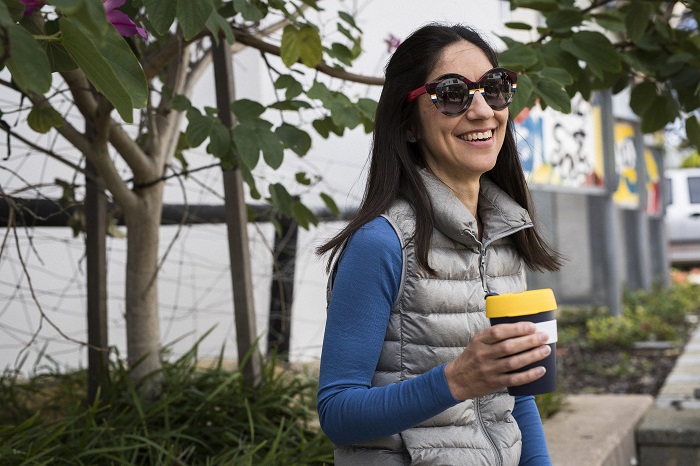
Waste Free Wednesdays
Intimidated by the thought of eliminating plastic for a full month? Get into Plastic Free July training early this year by embracing something we like to call Waste Free Wednesday!
Posted on: November 4, 2024
Depending on your local council and the type of property you live in, you will have up to three bins at home – a general waste bin (that may have a red or dark coloured lid), a recycling bin (with the yellow lid) and a Food Organics Garden Organics (FOGO) or Garden Organics (GO) bin (both have a lime-green lid – check with your local council to see what is currently accepted in your area).
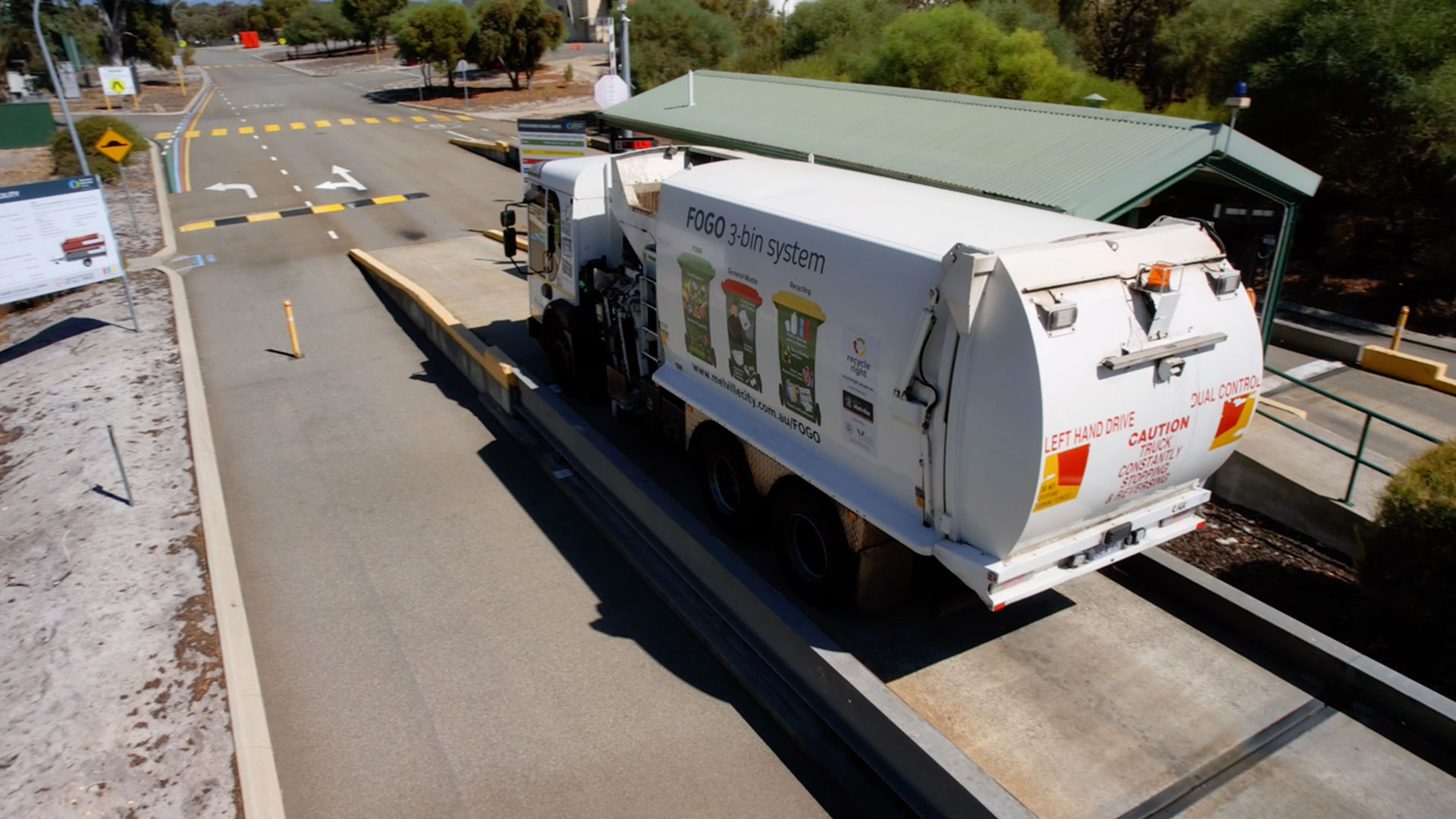
No matter which council you are in, the journey the bins take from your home to their final destination is pretty much the same.
New life for recyclables – the journey of the contents of your recycling bin
What goes in the bin: Recycling is about putting all these five items in the recycling bin at home:
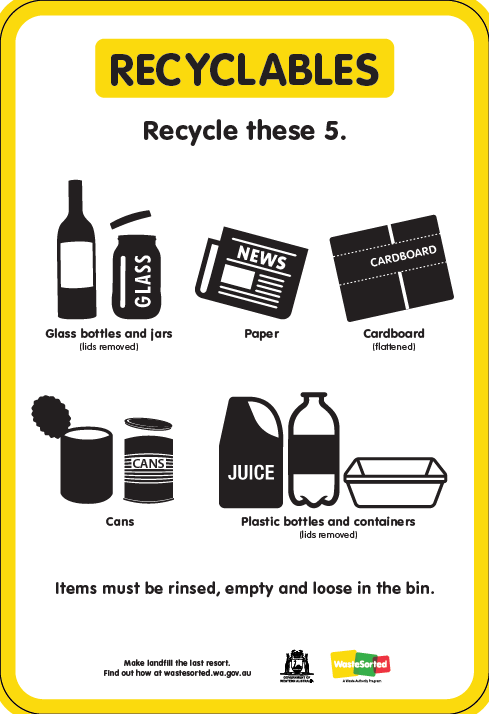
Where it goes: After being collected from your kerbside, the recycling truck takes the materials to material recovery facility or ‘MRF’. Here the material is loaded onto conveyors where contamination is removed and then the materials are sorted by people and machines into plastic, metal, glass and paper. The sorted materials are then baled and sent to different factories to be made into new products.
Be A GREAT Sort:
Back to nature – the journey of the contents of your organics bin
What goes in the bin:
Depending on your council, your lime-green lidded bin will either be for just garden organics (GO) or both food organics and garden organics (FOGO).
If it’s GO, then it’s for garden matter like leaves, lawn clippings, prunings and cuttings, leaves and flowers, and small branches.
Or if you have a FOGO bin, all food scraps can go in, including fruit, vegetables, processed foods, meat, bones and leftovers. Plus, you can still include leaves, lawn clippings, prunings and cuttings, leaves and flowers, and small branches.
 |
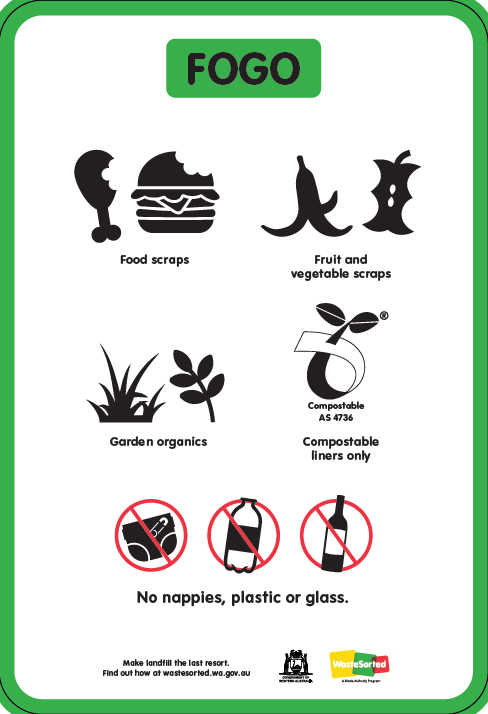 |
Where it goes: After being collected from your lime-green lidded FOGO kerbside bin, the FOGO truck takes all the material to a FOGO processing facility, where it is earth-cycled into compost or soil conditioner. The compost can be used to grow more food.
Be A GREAT Sort: To keep the compost clean, remember to only use your FOGO bin for food scraps, garden organics and compostable liners.
The last place for your waste – the journey of the contents of your red (rubbish) bin.
What goes in the bin: All household rubbish that cannot be recycled such as food scraps (if you don’t have a FOGO bin), broken crockery and glassware, polystyrene and foam, cling film, kitty litter, nappies, hygiene products, aluminium trays, wine bladders, cereal bags and other garbage items.
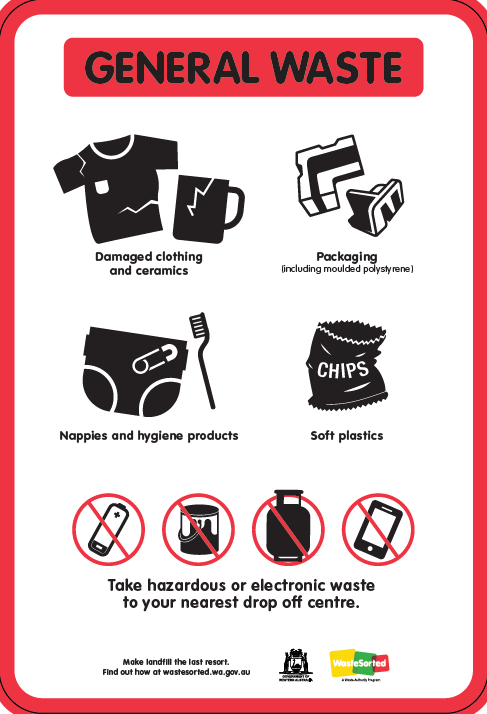
Where it goes: Depending on your council, the general waste is collected from your kerbside and delivered to a landfill or energy recovery facility.
Be A GREAT Sort and do better than the bin!
With a bit of waste sorting at home, your general waste bin could be almost empty each week:

Intimidated by the thought of eliminating plastic for a full month? Get into Plastic Free July training early this year by embracing something we like to call Waste Free Wednesday!
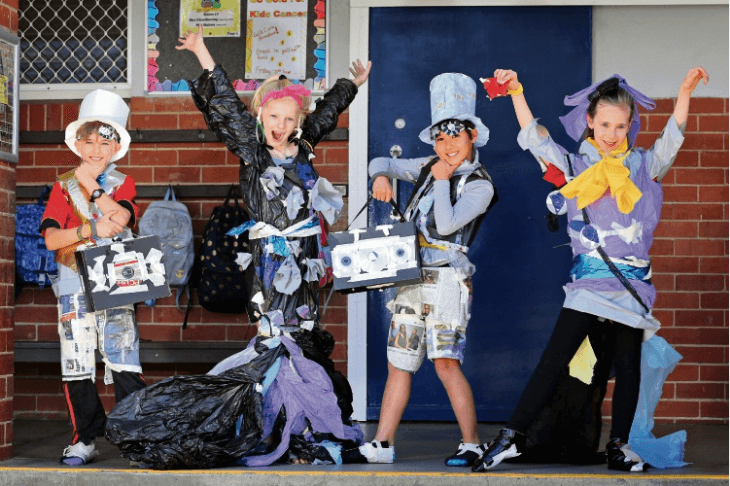
Every wondered how Western Australia will make significant inroads in its collective efforts to reduce waste?
.png)
Wondering how you can make a positive impact this festive season? Why not take a leaf out of some of WA’s most waste savvy individuals and organisations’ book.